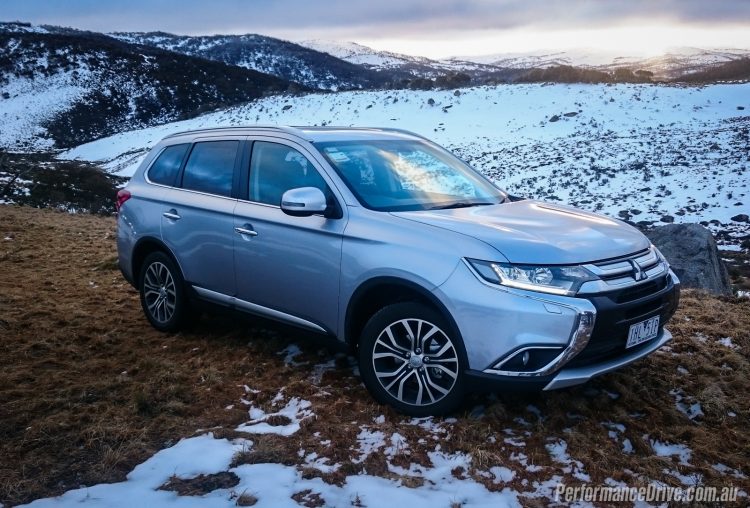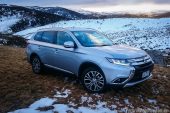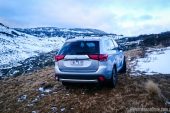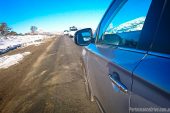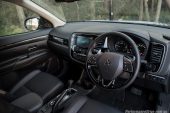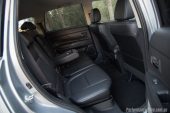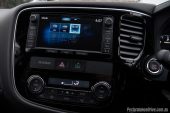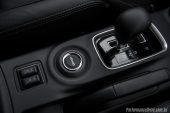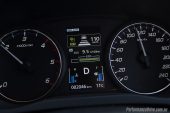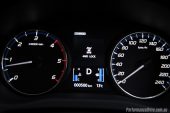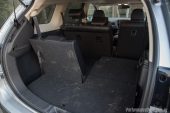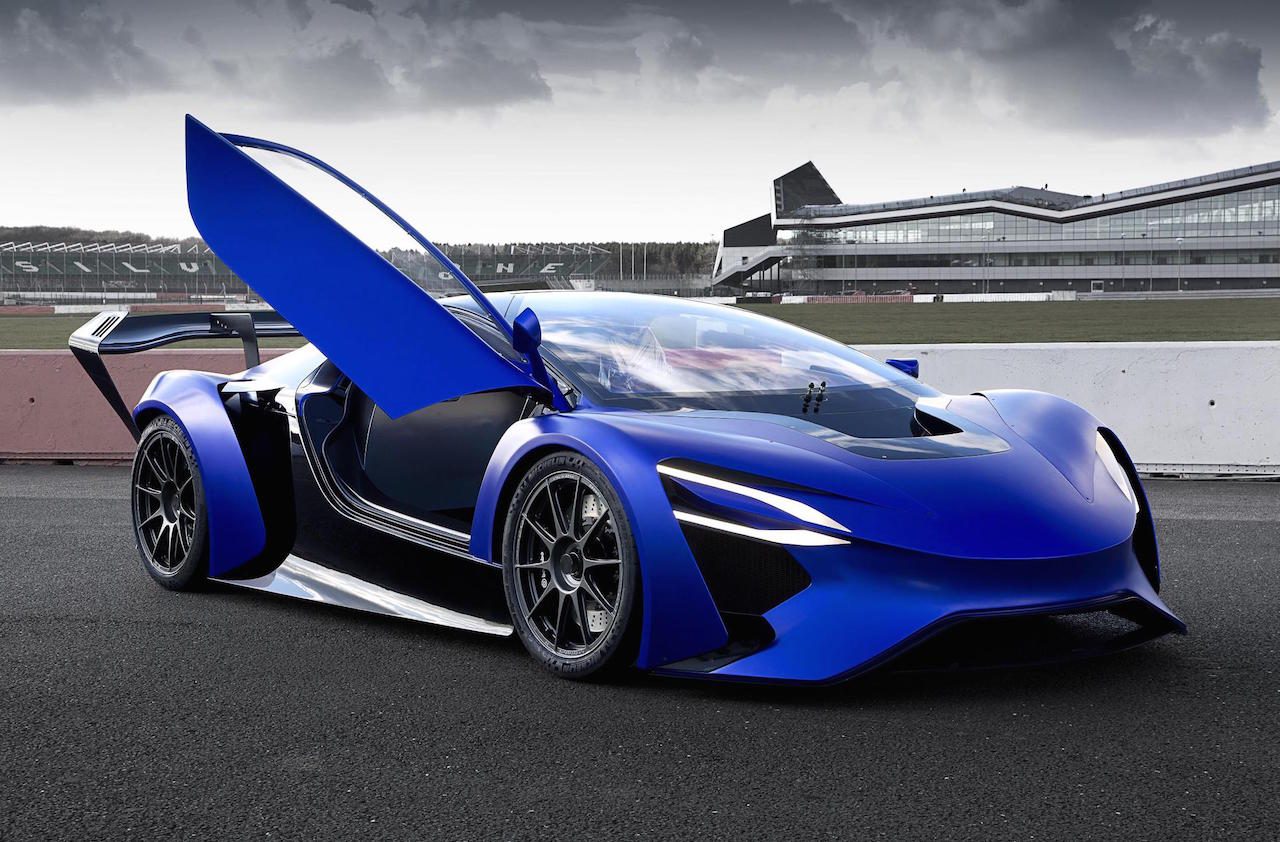As PerformanceDrive has reported here, Mitsubishi Motors is the latest manufacturer to find itself embroiled in fuel economy-related woes and financial trouble. As a result, the Japanese company has started to skew and streamline its emphasis on models that are doing the best for the company – SUV lines.
The Outlander has proven to be a popular choice for buyers, so we decided to give the top-spec Outlander Exceed a road trip analysis. Our test example is equipped with the 2.2L turbo-diesel option, which, overall, starts from $46,490.
We figured a great test would be to do what is typical of many east coast Aussies; a trip to the NSW snowy mountains. With a constant four-wheel drive system (‘on-demand’ to be more precise), the Outlander Exceed is the ideal tool to get you there. After our journey we came up with a list of observations.
If you’re considering buying a mid-size SUV and the Outlander is on your shortlist, which we think it should be, here are 10 things you should know. See our previous 2016 Outlander review and 0-100km/h video for more.
- Practicality – The Outlander is one of only a few SUVs you’ll find in this segment that offers third-row seating, enough for seven passengers. Boot space is up there as well, at 477 litres (128L minimum, 1608L max). This is greater than the popular Mazda CX-5, but falls short of the Honda CR-V, Toyota RAV4, Nissan X-Trail, and Hyundai Tucson. There are also handy storage spots scattered throughout the cabin and cargo area. We found the size and practicality perfectly adequate in our quest for the snow; it fitted all luggage and skis seamlessly, and it is relatively easy to fold down the rear seats when needed.
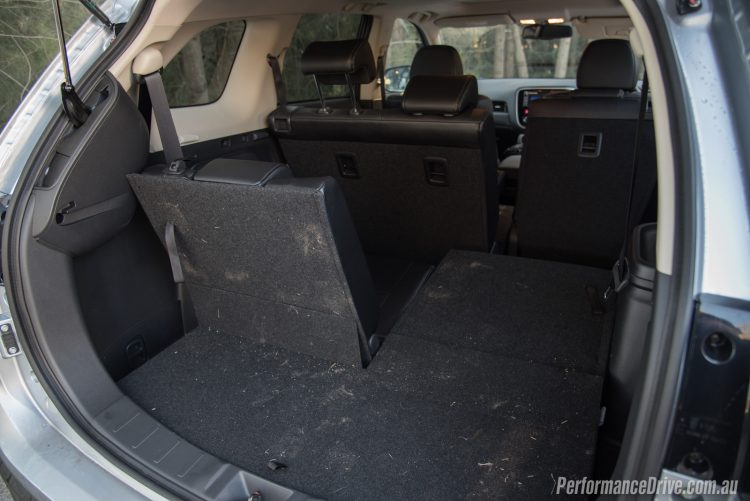
- Refinement – Yes, PerformanceDrive understands that the Outlander is not a high-priced premium SUV. However, comparing to other models in the same segment, we think some rivals do show higher levels of refinement. We found there are pesky, minor quality issues in various areas of the Outlander. For example, the Bluetooth has a tendency to drop out randomly in the middle of streaming music or during a call (tested on multiple mobile phones, Apple and Android). The opening and shutting of the doors has a harsh and rough feel too, and some of the materials and plastics used throughout the interior have a hard and cheap feel. But these small quirks are not exactly deal breakers.

- No rear air vents – This is not acceptable in a vehicle of this size, especially with third-row seating. A Volkswagen Golf has rear air vents. Mitsubishi has only just fit rear vents to its larger Pajero Sport, so we hope this changes for the Outlander soon as well. On a similar note, there is no rear 12V power socket.
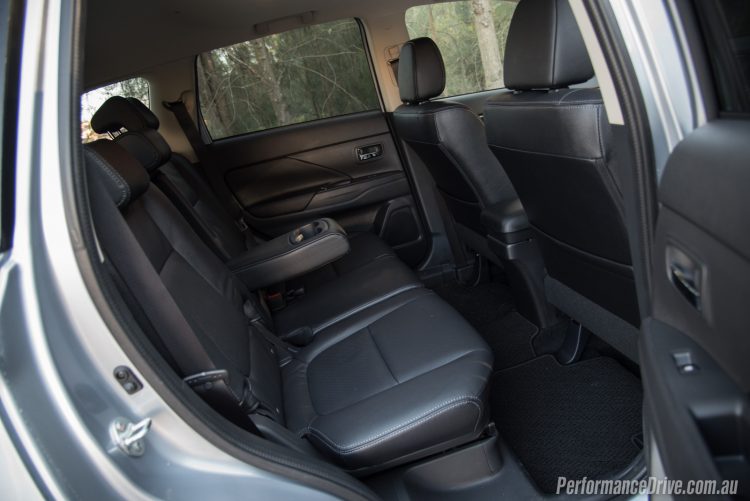
- Price structure – The high-end Exceed diesel is nearly double the price of the base model. It is questionable as to whether the extra features really justify the price of almost two entry-level Outlanders. Furthermore, if you’re happy to lose a handful of features, like the forward collision mitigation, adaptive cruise control, push-button start and proximity key, power tailgate, sunroof, leather seats, seat heaters, power driver’s seat, LED headlamps, headlamp washers and minor cosmetic additions, you can save yourself around $7000 and grab the mid-range XLS.
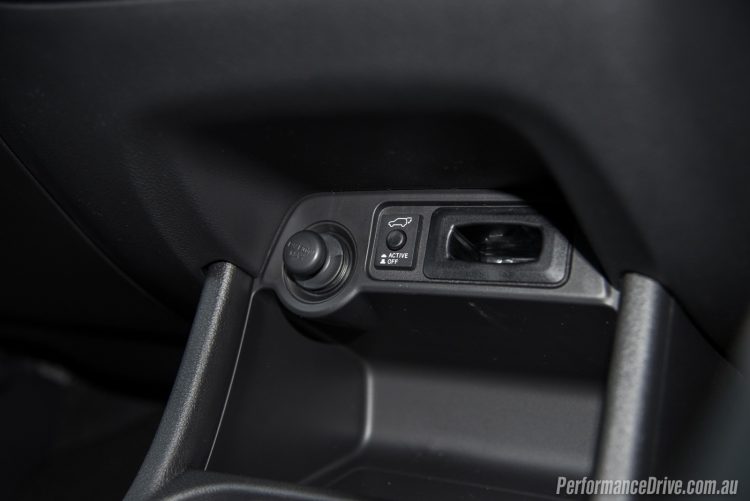
- Automatic tailgate – We found the operation of this fiddley and touchy, sometimes taking a while to activate – more quality testing please, Mitsubishi. Also, the proximity key isn’t always recognised, this includes when trying to open other doors.
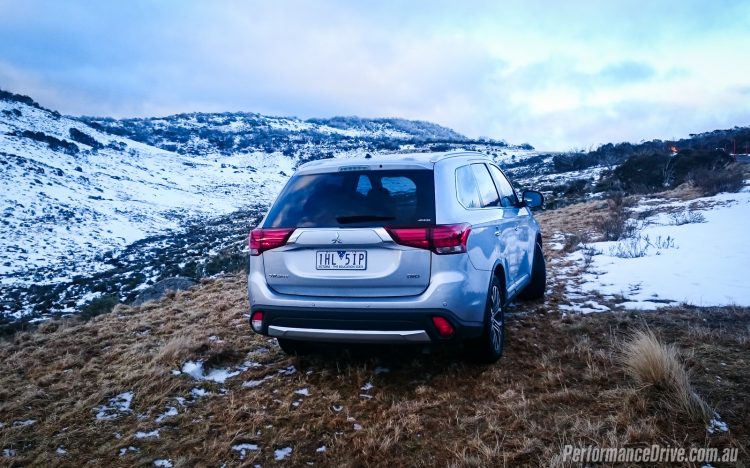
- Rear-view camera quality – During the night the quality is so bad, we couldn’t rely on it and had to turn our heads like plebeians! Brighter reversing lights might aid the camera at night, but a higher quality camera would probably fix it. Again, this is keeping in mind what the competitors offer.
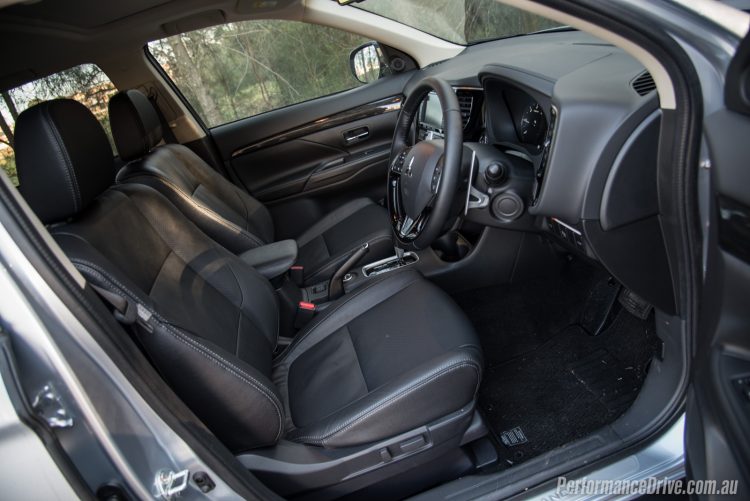
- Visibility – The Outlander’s perched up cabin makes it easy to see out of. All of the main pillars are narrow or aren’t placed in your line of sight, and the windows are quite tall providing an airy feel while introducing plenty of natural light to the cabin.
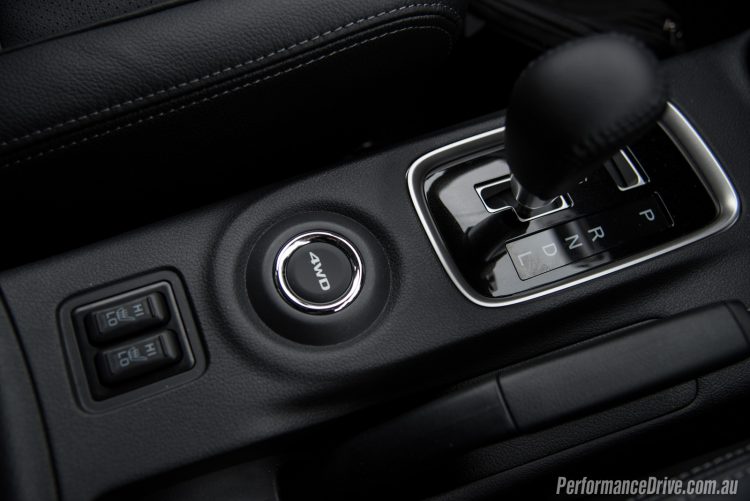
- Highway stability – Even with a 4WD system, steering and stability above 100km/h in the Outlander can be a little nervous, and it can feel like a tightrope balancing act to stay in the lane. Maybe some electric steering fine tuning could fix this. But in every other highway driving aspect, the suspension is smooth and comfortable yet firm enough to be capable off road. The 225/55 tyres are pretty tall and probably better suited to off-road conditions.
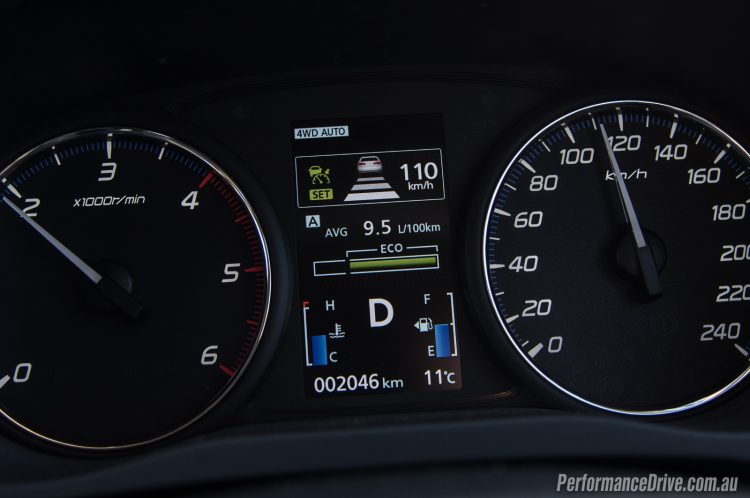
- Fuel consumption – The diesel is respectable. Considering the mountainous terrain we tackled, we averaged 6.8L/100km (official consumption is 6.2L100km). But the extra asking price for diesel means that it might take a number of years for it to pay off, depending on the amount of driving you do. The diesel only delivers 110kW of power – 14kW less than the high-spec 2.4 petrol engine. However, the torque for pulling up the hills, even with a full load, makes it perfectly adequate. Torque easily outdoes the petrol variant, with 360Nm from the diesel against 220Nm in the petrol.
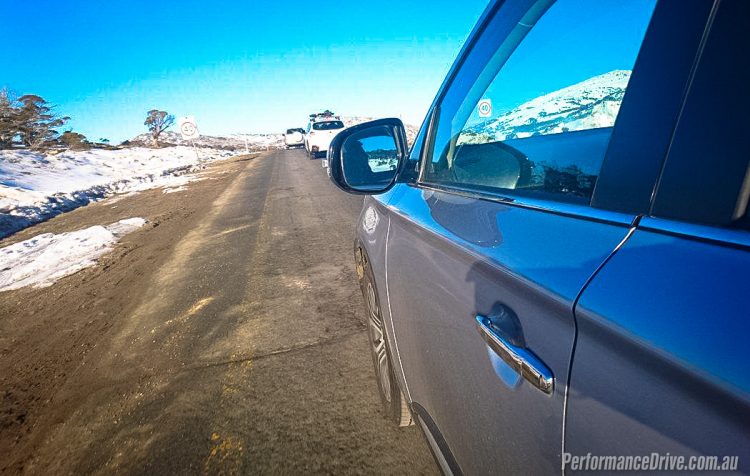
- 4×4 system – During our test, the Outlander rummaged through some cold and icy conditions on early mornings, and the 4WD system was a confident player in providing traction and control. We drove through snow and you could feel the drivetrain working out where the torque was needed the most, in a timely fashion. By no means was it a serious off-road adventure, but it passed the confidence test. It also comes with the added benefit of a locking centre diff which is exactly what you need if you find yourself venturing too far off the beaten track, or even on a very slippery boat ramp.
